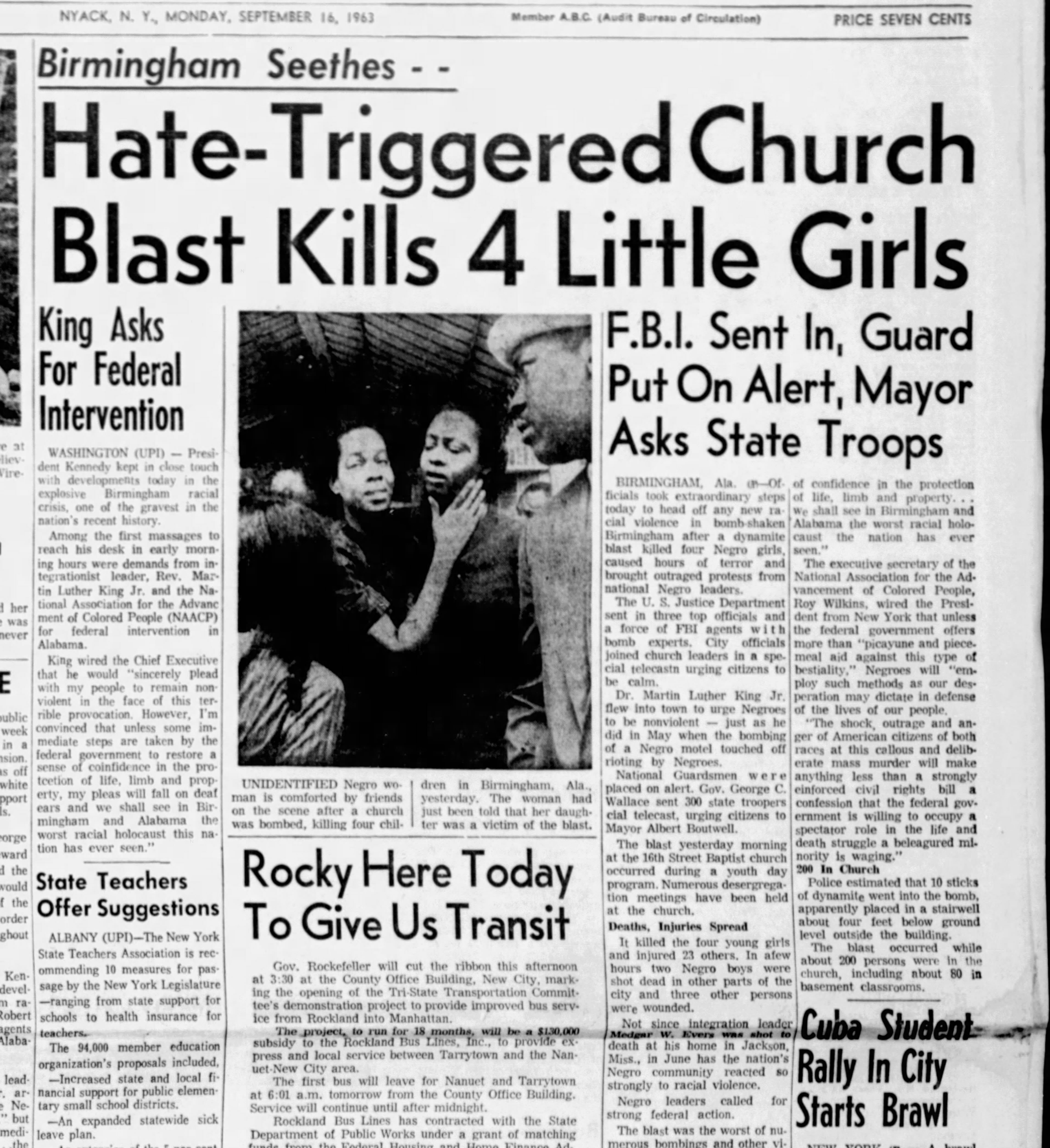The Only Guide to News Articles
The Only Guide to News Articles
Blog Article
The Only Guide for News Articles
Table of Contents8 Easy Facts About News Articles ExplainedSome Known Incorrect Statements About News Articles Not known Facts About News ArticlesThe Single Strategy To Use For News ArticlesThe Definitive Guide for News Articles
Good expertise of various subjects offers students an affordable edge over their peers. Despite the fact that digital and social networks are readily accessible, we should not fail to remember just how essential it is to review the newspapers. Parents must attempt and instill the practice of reviewing a paper as a daily regimen to proceed the legacy of the revered print medium.News stories also consist of at the very least one of the adhering to vital characteristics family member to the designated target market: distance, prestige, timeliness, human passion, peculiarity, or consequence.
Within these restrictions, newspaper article likewise intend to be detailed. Other factors are entailed, some stylistic and some derived from the media kind. Among the larger and more revered newspapers, fairness and balance is a significant consider providing info. Commentary is typically confined to a separate section, though each paper might have a different total angle.
Papers with a worldwide audience, for instance, often tend to utilize a more official design of writing. The particular choices made by an information outlet's editor or editorial board are typically gathered in a design guide; common design guides consist of the and the United States News Design Publication. The primary objectives of news writing can be summed up by the ABCs of journalism: accuracy, brevity, and quality.
The Facts About News Articles Revealed
Generally, reporters will certainly not make use of a lengthy word when a brief one will certainly do. They make use of subject-verb-object construction and vivid, active prose (see Grammar). They offer anecdotes, examples and metaphors, and they rarely rely on generalizations or abstract ideas. Information authors attempt to prevent utilizing the exact same word a lot more than when in a paragraph (occasionally called an "resemble" or "word mirror").
However, headlines sometimes omit the subject (e.g., "Jumps From Boat, Catches in Wheel") or verb (e.g., "Cat lady lucky"). A subhead (likewise subhed, sub-headline, subheading, subtitle, deck or dek) can be either a subordinate title under the major headline, or the heading of a subsection of the article. It is a heading that comes before the main text, or a group of paragraphs of the primary text.

Added signboards of any of these types may appear later in the write-up (especially on subsequent pages) to entice more reading. Such signboards are likewise used as guidelines to the article in other areas of the publication or site, or as promotions for the piece in various other magazine or sites. Normal framework with title, lead paragraph (recap in bold), various other paragraphs (details) and call details.

Instance of a hard-lead paragraph NASA is suggesting one more space job. The spending plan requests approximately $10 billion for the job.
The NASA statement came as the firm asked for $10 billion of appropriations for the project. An "off-lead" is the 2nd crucial front page information of the day. The off-lead shows up either in the top left edge, or directly below the lead on the. To "hide the lead" is to begin the post with background info or information of additional importance to the visitors, compeling them to learn more deeply into a write-up than they must need to in order to discover the essential points.
Facts About News Articles Uncovered
Usual use is that or 2 sentences each create their very own paragraph. Reporters normally explain the organization or structure of a newspaper article as an inverted pyramid. The vital and most intriguing elements of a tale are placed at the Going Here start, with sustaining details following in order of reducing value.
It permits individuals to discover a subject to just the deepness that their interest takes them, and without the charge of details or nuances that they can consider unimportant, however still making that details readily available to extra interested readers. The inverted pyramid structure additionally allows articles to be cut to any type of arbitrary size throughout layout, to suit the area available.
Some authors start their stories with the "1-2-3 lead", yet there are many kinds of lead offered. A twist can refer to numerous things: The last tale in the information broadcast; a "happy" tale to end the program.
Longer write-ups, such as magazine cover posts and the items that lead the inside areas of a paper, are understood as. Attribute stories vary from straight news in numerous ways.
The Only Guide for News Articles
An attribute's first paragraphs usually associate an interesting minute or occasion, as in an "unscientific lead". From the details of an individual or episode, its view rapidly expands to generalizations concerning the story's subject.

The Editor's Toolbox: A Recommendation Overview for Beginners and Professionals (2001) Allan M. Siegal and William G. Connolly. The New York Times Handbook of Design and Use: The Official Style Overview Made Use Of by the Writers and Editors of the World's A lot of Reliable Paper (2002) M. L. Stein, Susan Paterno, and R.
Report this page